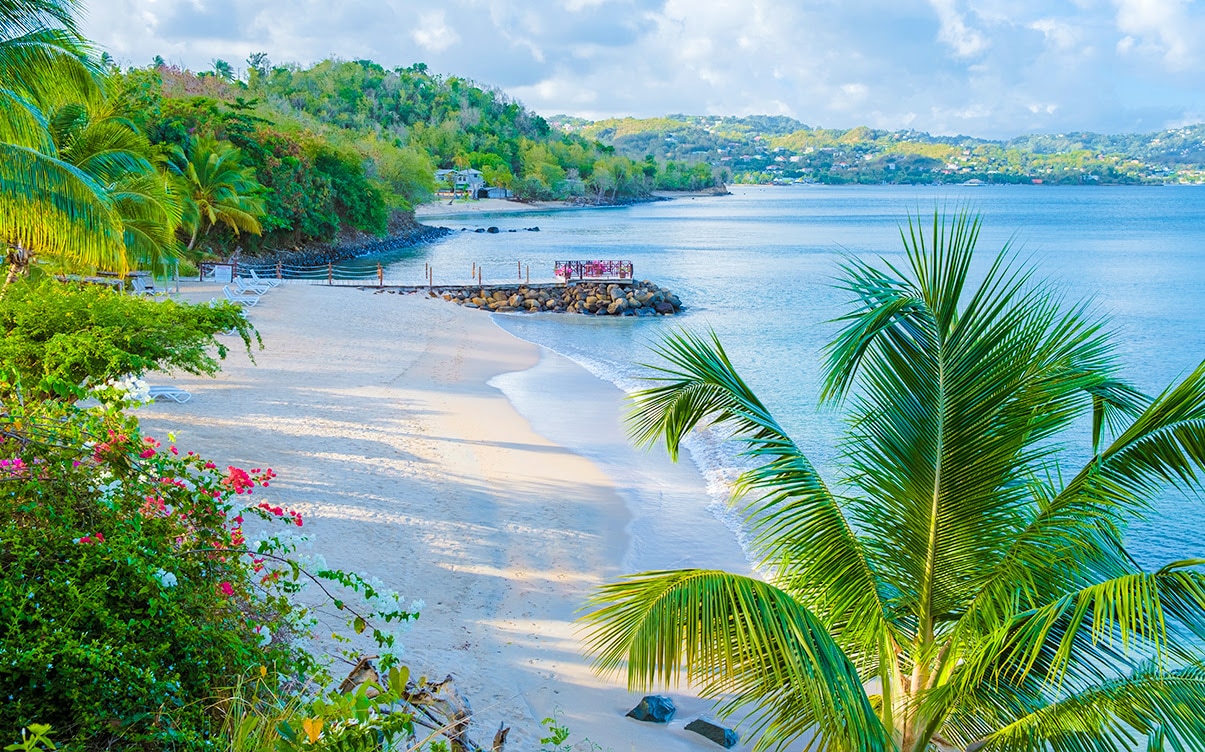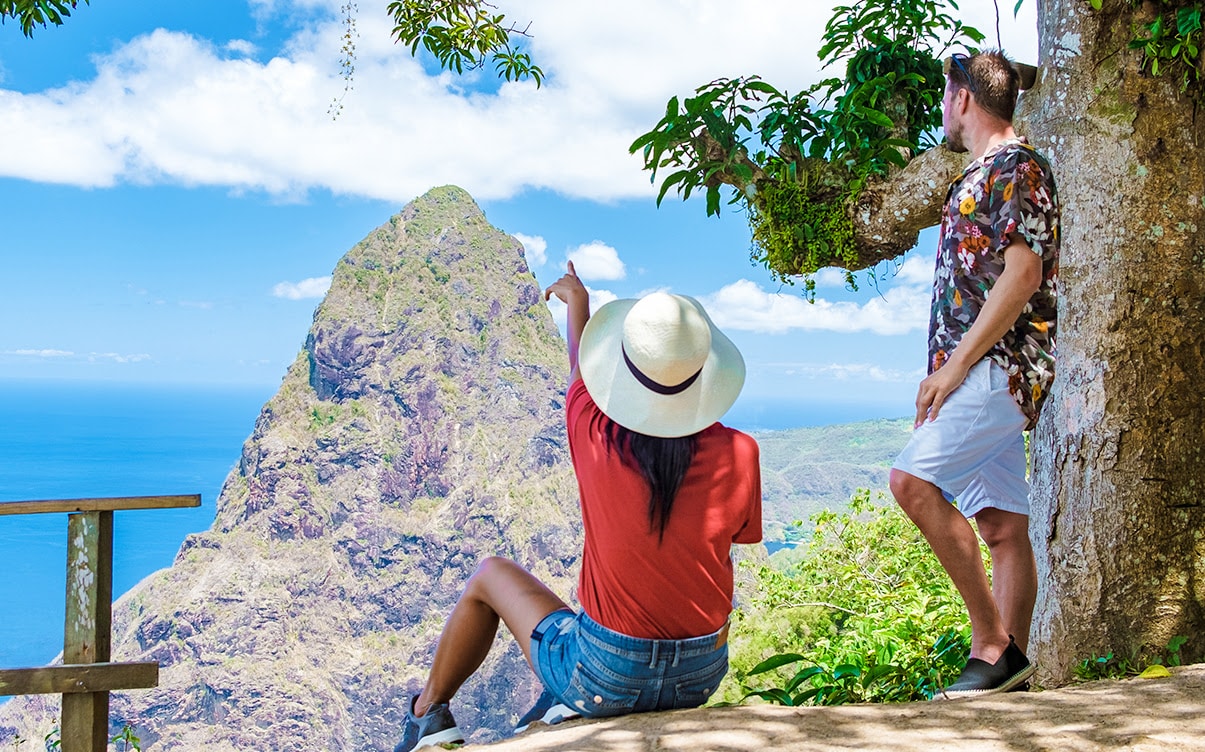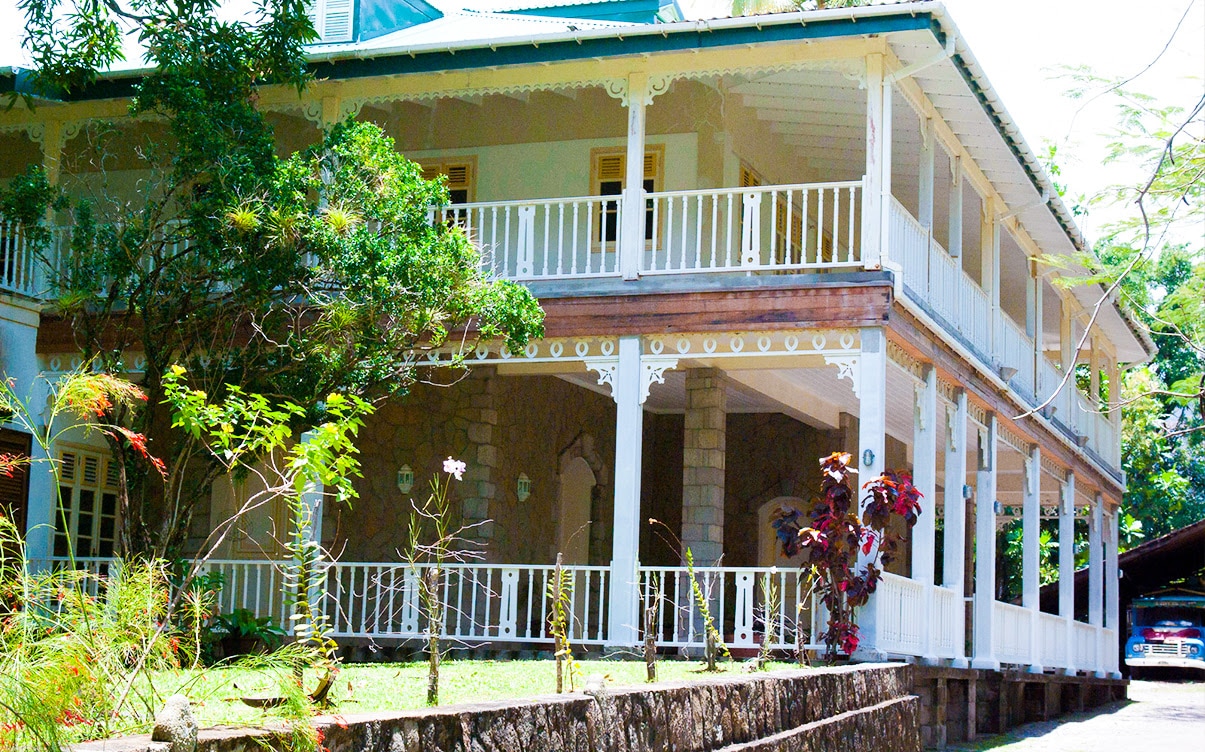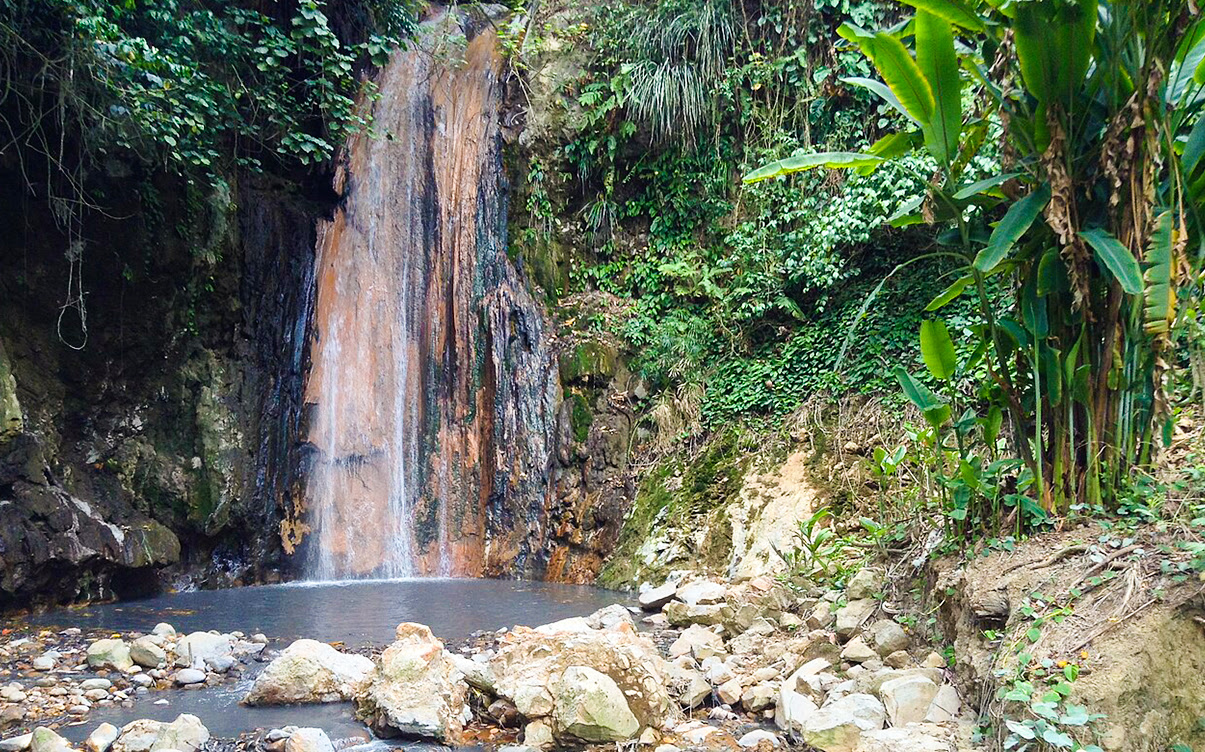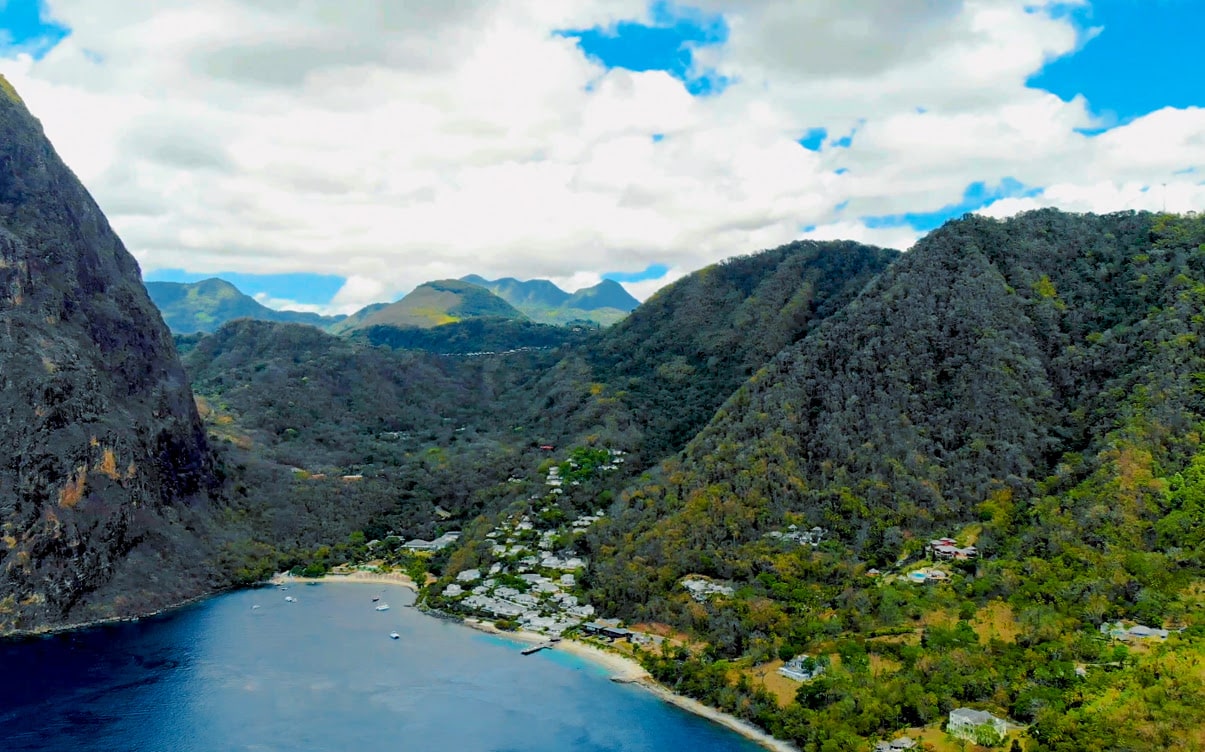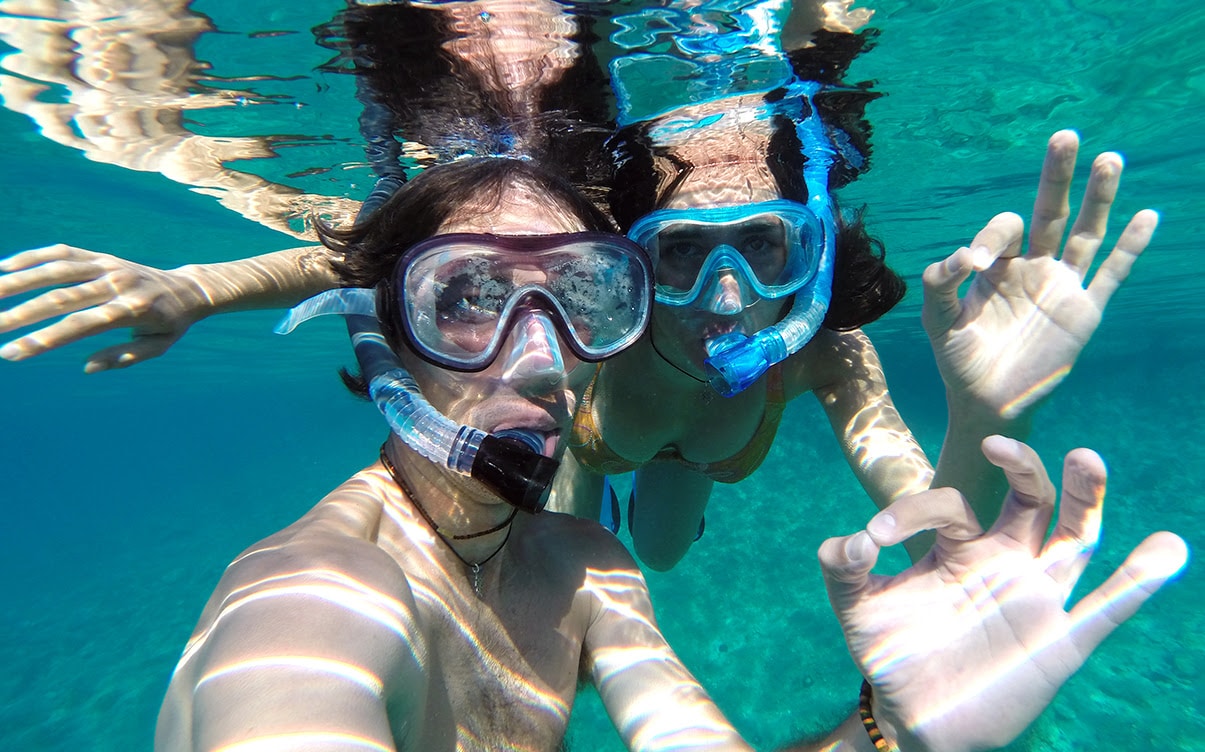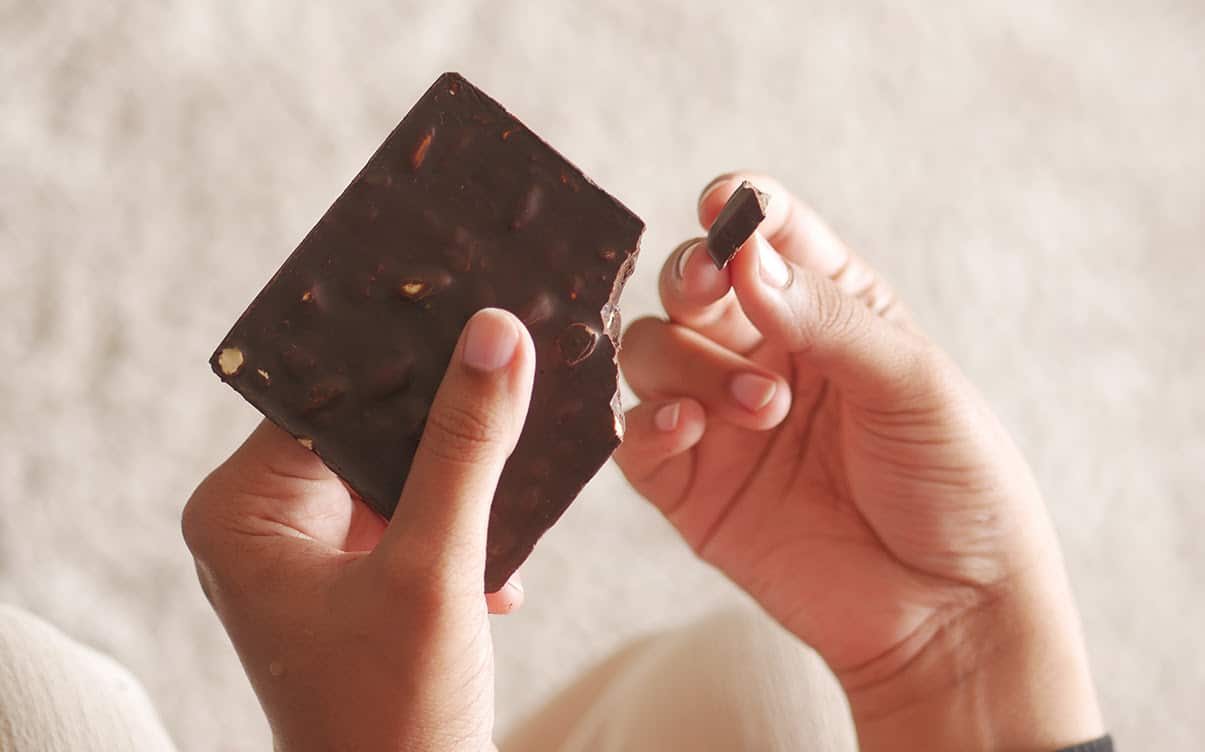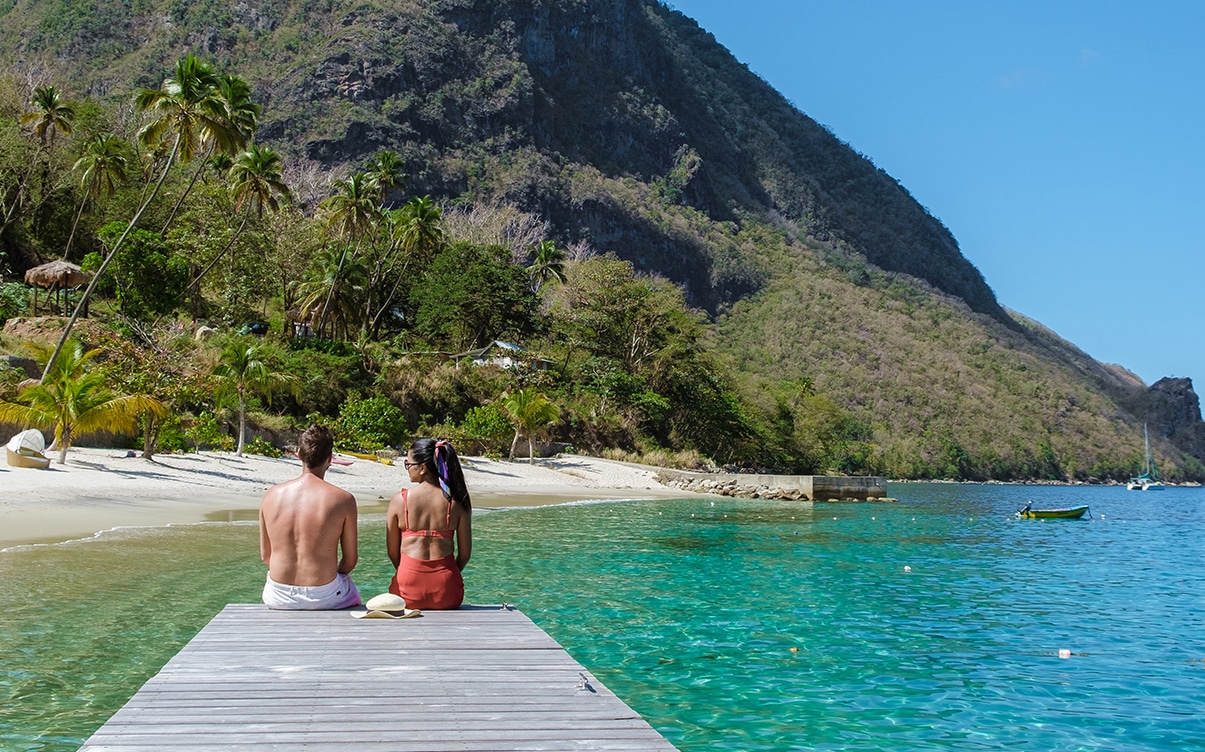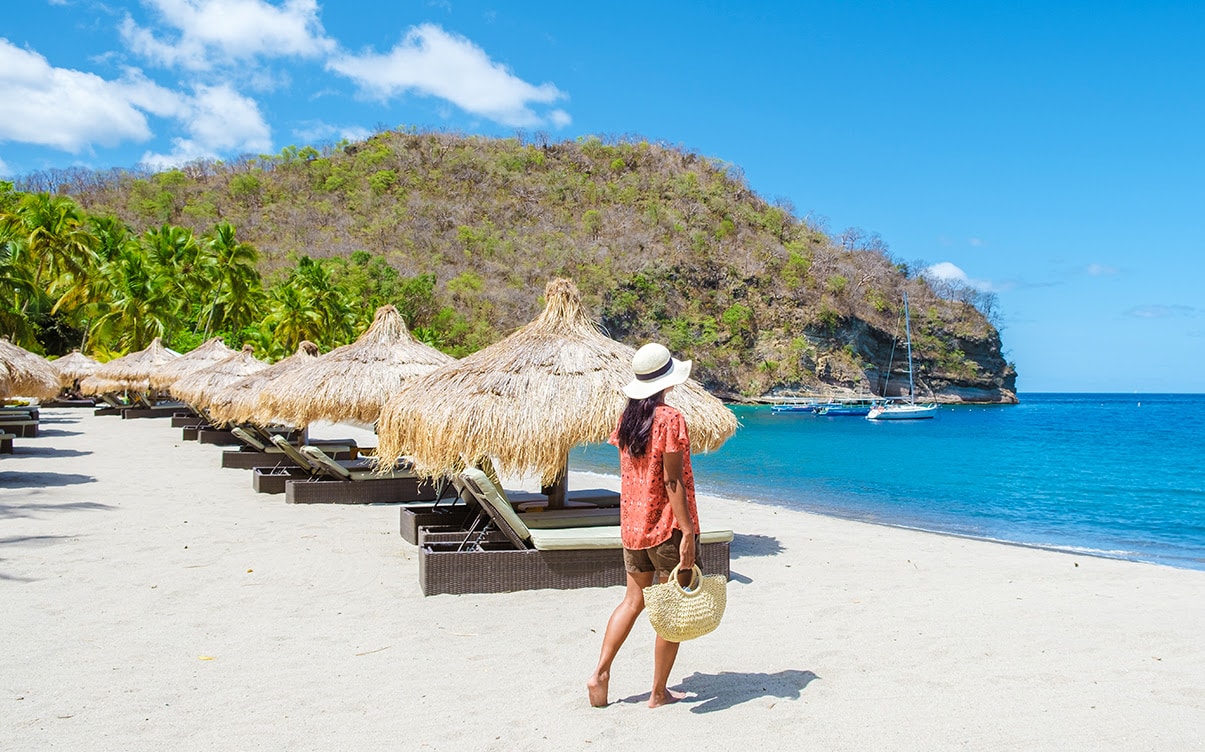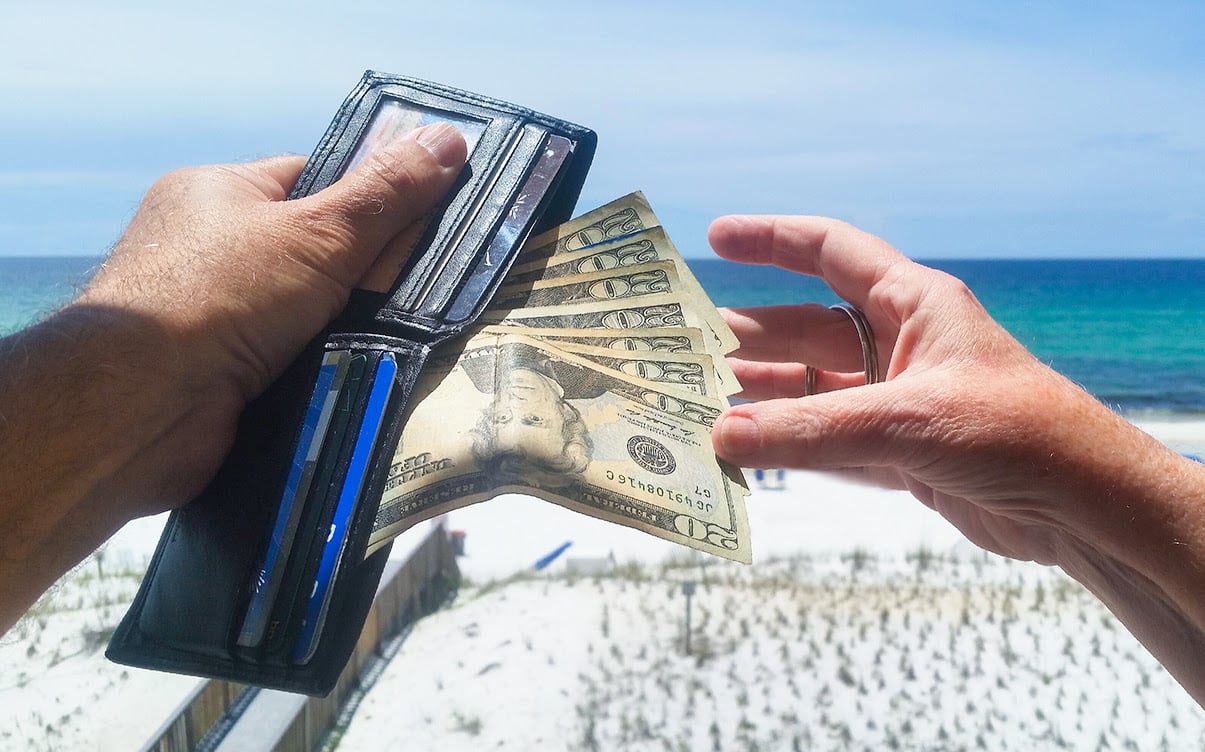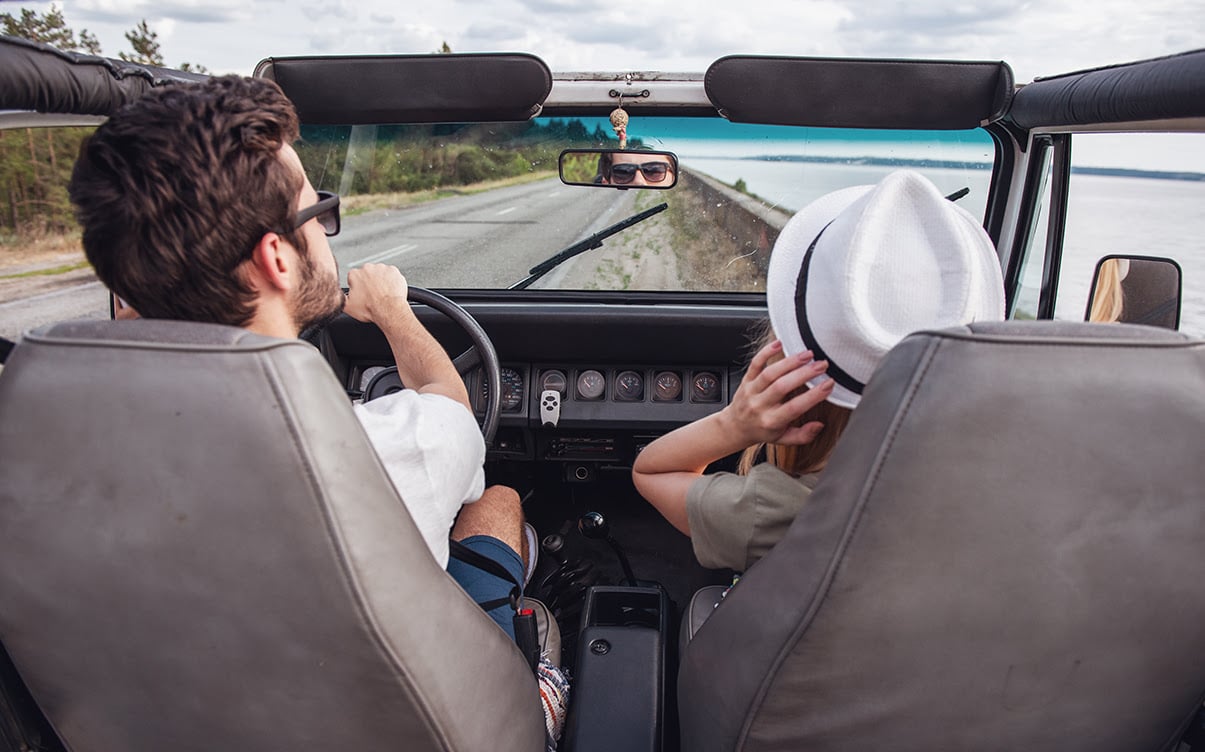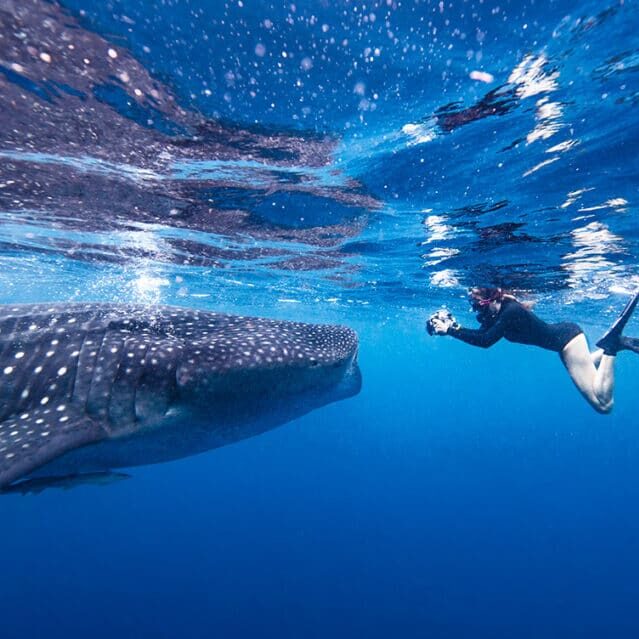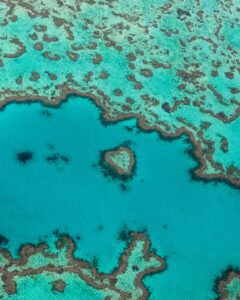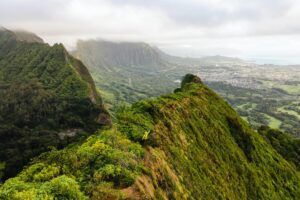St. Lucia: Top Sights, Activities, and Travel Tips for Visitors
Disclaimer: This post may contain affiliate links. Please see our Disclosure Policy and Advertiser Disclosure for details.
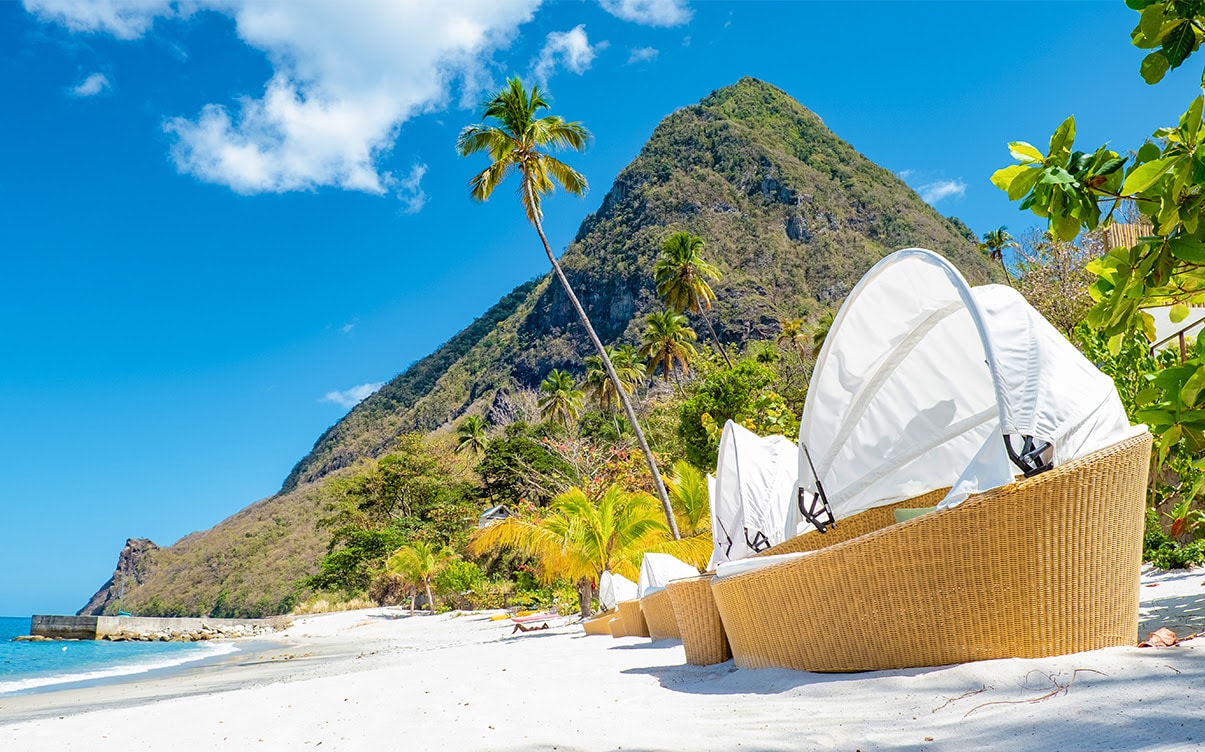
The Caribbean islands stretch from just south of Florida and just east of Mexico to just off the northern coast of Venezuela and range from the largest islands like Cuba to small dots of land that barely have names, let alone inhabitants.
This island group is broken into segments, particularly the Antilles; the greater Antilles include the largest islands, while the lesser Antilles are the smaller collections of islands further south and east. That section is further divided, and the stretch of islands in the middle is called the windward islands. These islands, named for the west-to-east trade winds that blow in off the ocean, encompass islands such as Carriacou, Dominica, Grenada, and Saint Vincent, as well as, of course, Saint Lucia.
St. Lucia has been an inhabited island for at least 1,800 years, and throughout the 1600s to 1800s, England and France fought for control over the valuable strategic location it represented. Because of this, the island has a long history of influences from both native and European sources and has developed its own unique atmosphere. It’s unlike anywhere else in the world.
Is St. Lucia Worth Visiting?
When you’re considering taking a trip to a tropical island destination, there are a ton of different options to choose from. Great places like the Maldives are incredible, but if you don’t want to spend that long on a flight – and the flight is long – you’ll probably look somewhere closer to home. The Caribbean naturally comes to mind, but with 26 major islands and hundreds of smaller islands, why pick St. Lucia over options like Turks and Caicos, Barbados, or Dominica?
Opinions on this island are mixed. If you browse travel forums and review sites, you find a lot of people who love it there and a lot of people who don’t. A lot, it seems, depends on your expectations.
What are you not going to find in St. Lucia?
- Pristine white sand beaches. People often compare St. Lucia to Turks and Caicos, where bright white sand stretches out into turquoise ocean waters. St. Lucia beaches are no less vibrant, but the ocean waters are darker, and the sands are, well, sand-colored.
- World-class service. St. Lucia is a relatively recent addition to the roster of island tourism destinations, and they aren’t quite as built up or as all-inclusive as some other islands. If you have very high standards, you might find them lacking.
- A clean image. While the more tourist-focused areas of St. Lucia are cleaned up and focused on visitors from around the world, if you’re like us and want to experience everything an island has to offer, you’re going to see some of the darker side of living on an island with a very low average income. It’s not really a problem – you’re not likely to be accosted or anything – but if you’re the kind of picky traveler who doesn’t want to see poverty, keep it in mind.
On the other hand, there’s a ton of great reasons St. Lucia is a good destination.
- It’s intensely beautiful. I know we say that about just about every place we visit, but it really is true. St. Lucia is a gorgeous island with an incredible mixture of ancient, untouched jungle, stunning geological features, incredible ocean views, and a wonderful fusion of cultures throughout history.
- It’s relatively cheap. It’s not the cheapest island you can visit, but it’s far from the most expensive. If you rack up credit card points for the flight or hotel, that’s your biggest expense covered, and the rest of the trip will be fairly affordable.
- Many of the locals are friendly. Again, it may not be the friendliest place in the world – Fiji takes that honor in our experience – but it’s still generally pleasant, and you’re relatively unlikely to have bad experiences as long as you aren’t bringing your own bad attitude in with you.
As is so often the case with a world-traveling vacation, you get what you put in, and you take what you want to find. Some people have bad experiences in St. Lucia, but the same is true everywhere. Sometimes bad luck happens, sometimes bad weather happens, and there’s not always a lot you can do about it but smile and make the best of it.
What Are the Top Things to Do in St. Lucia?
Once you’ve decided on St. Lucia as a destination, you can start planning some ideas of what you want to do around the island. For such a small place, there are quite a few options, so we’ve listed out our favorites.
View or Climb the Pitons
The Pitons are a pair of volcanic plugs that rise from the ocean in surprisingly steep peaks. They’re an iconic image of the island, so much so that they’re a UNESCO World Heritage site.
You can view them from afar, or you can hike or climb them if you want. Be aware that they’re pretty steep, difficult climbs, especially Petit Piton, which is less of a hike and more of a real climb. It’s well worth it if you’re up for the challenge!
See History in Morne Coubaril Historical Adventure Park
The Morne Coubaril estate is a working plantation that still produces cocoa, coffee, and tropical fruits, but it has also been converted into something of a tourist attraction with a restored estate house to visit, hikes to take, and even zip lining.
It’s an interesting way to glimpse history in action from the time when England and France were fighting over the area while also having more touristy adventures along the way.
Explore Tamed Wilderness in Diamond Falls
Diamond Falls Botanical Gardens is a six-acre region of tamed jungle full of native plants and animals, including flocks of tropical birds. It’s not quite a wild jungle, and there are numerous placards with information about the plants you can spot along the way.
You can pay for a local guide through the gardens, or you can stroll through them at your own pace. They also have on-site mineral baths if you want a spa-like dip in mineral-rich waters from the island.
Visit the Drive-In Volcano
St. Lucia, and the Caribbean in general, are somewhat volcanically active. La Soufriere, the drive-in volcano, is a geologically active area of hot sulfur vents, hot mud springs, and rumbling of active earth beneath your feet.
It’s a very unique experience – one we wrote about here – and can be a great time as long as you aren’t overly sensitive to the smell of sulfur.
Hit the High Seas
All around the island, you can find off-shore adventures. In particular, two activities stand out: snorkeling and fishing.
A good fishing tour has you catching mahi-mahi and other fun tropical fish, and you can bring them back to shore and cook them up for dinner if you like. If you don’t want to catch the fish but you do want to see them, snorkeling tours can be a great option as well. They do tend to be weather-dependent, and sometimes the water can be a bit murky, but it’s worth the attempt either way.
See How It’s Made with a Chocolate Tour
One of the primary exports of St. Lucia is chocolate, and when you visit, you can check out one of the still-active chocolate plantations.
Jade Mountain offers both a resort and a tour through its chocolate facilities, and other chocolate tours around the island have add-ins like rum tasting or market visits alongside their chocolate production. It’s a great way to spend a few hours and see what goes into those chocolate bars we all enjoy so much.
Tips to Travel St. Lucia Like a Pro
Whether you’re hoping for a destination wedding, a simple honeymoon, or just a break from the winter doldrums in a tropical destination, St. Lucia is a great place to visit, but you still want to know the key details before you go so you can plan accordingly.
Key Facts
First, here are a few important details you usually want to know.
- Yes, you need a passport to visit St. Lucia.
- The official language is English, and the second is French Creole.
- The electrical infrastructure uses British 3-prong, 240-volt service, so bring adapters.
- A lot of the island shuts down on Sundays, so be prepared for that.
- Get an eSim for your phone; it’s cheap and will last most or all of your trip with ease.
- If you want to drive, you don’t need a special license, but you do need to know how to drive on the left with right-hand drive vehicles.
- St. Lucia is generally quite safe, but as always, keep petty theft in mind and secure anything valuable.
If you have any specific questions we haven’t covered, let us know in the comments, and we’ll do our best to answer.
The Best Time to Visit St. Lucia
Temperatures are fairly stable in the 70s and 80s throughout the year, but rain and hurricanes are a primary concern. Hurricane season ranges from early August to late October or even early November, and the rainy season is slightly broader, from June to November. While prices are cheaper, you really don’t want to be caught in a hurricane. Fortunately, most hurricanes swing north, and they very rarely actually hit St. Lucia. But, if you’ve ever wondered why most of the civilization on the island is on the west side, that’s a big part of why.
In general, the best time to actually visit St. Lucia is the peak of our winter and early spring, from December to May. That’s when the temperature is a little nicer, and the rain is less common. You can still end up rained out occasionally, but it’s less likely to happen.
Beach Tips to Know
St. Lucia is riddled with beaches, large and small, and they’re all open to the public. However, some resorts tend to more jealously guard “their” stretches of beach, and if you wander into them, you may be politely asked to move along. You don’t have to, but it’s a possible risk you face.
Some people complain about sand fleas, but the insect issues aren’t any worse than they are anywhere in the Caribbean. A bit of water-resistant bug repellant will do you wonders, and consider waiting a bit for the sun to dry things out after a rain shower if they seem bad.
Be Prepared to Carry Cash
While you can use a credit card in certain resort facilities and big businesses, most of the time, you’re best off carrying cash for everything from shopping in the markets to eating out. ATMs are plentiful, but exchange rates can be painful, so consider stocking up (and keeping your excess well-secured) when you’re able to stop in at a bank.
Tipping culture is alive and well in St. Lucia, and you’re usually expected to dole out a bit here and there as you engage porters, rent taxis, and so on. Restaurants may or may not add a service charge in lieu of a tip, but it’s inconsistent, so make sure to check.
To Drive or Not to Drive
St. Lucia isn’t exactly a huge island, but it’s very mountainous, so there are very few straight lines to get from place to place. You can rent a car and drive (on the left side of the road) to your destinations, or you can hire taxis to take you to your goals. Renting a car can be somewhat expensive, so keep that in mind.
The roads are also very windy, full of hairpin turns and switchbacks, and are occasionally in disrepair, so be prepared to take things slow. If you get carsick easily, keep that in mind as well and prepare accordingly.
One thing to know is that if a local is honking at you, it’s a courtesy, not a complaint. They’re warning you that they want to pass you and encouraging you to keep to the side to give them room.
Overall, St. Lucia is an incredible option for a tropical destination close to home. While it’s often overshadowed by more famous Caribbean cousins, it’s no less beautiful or worth a visit.
You may also enjoy:

